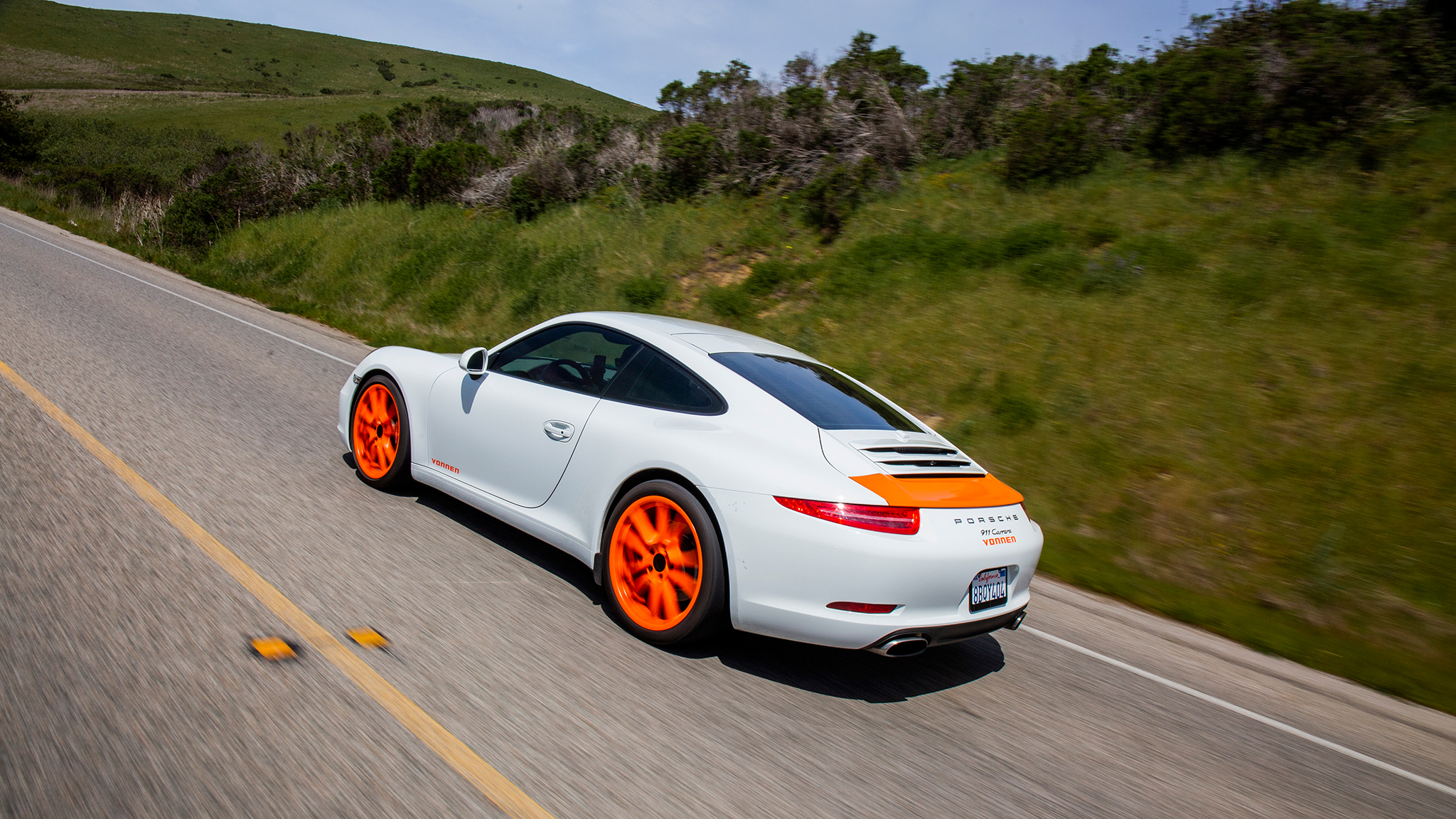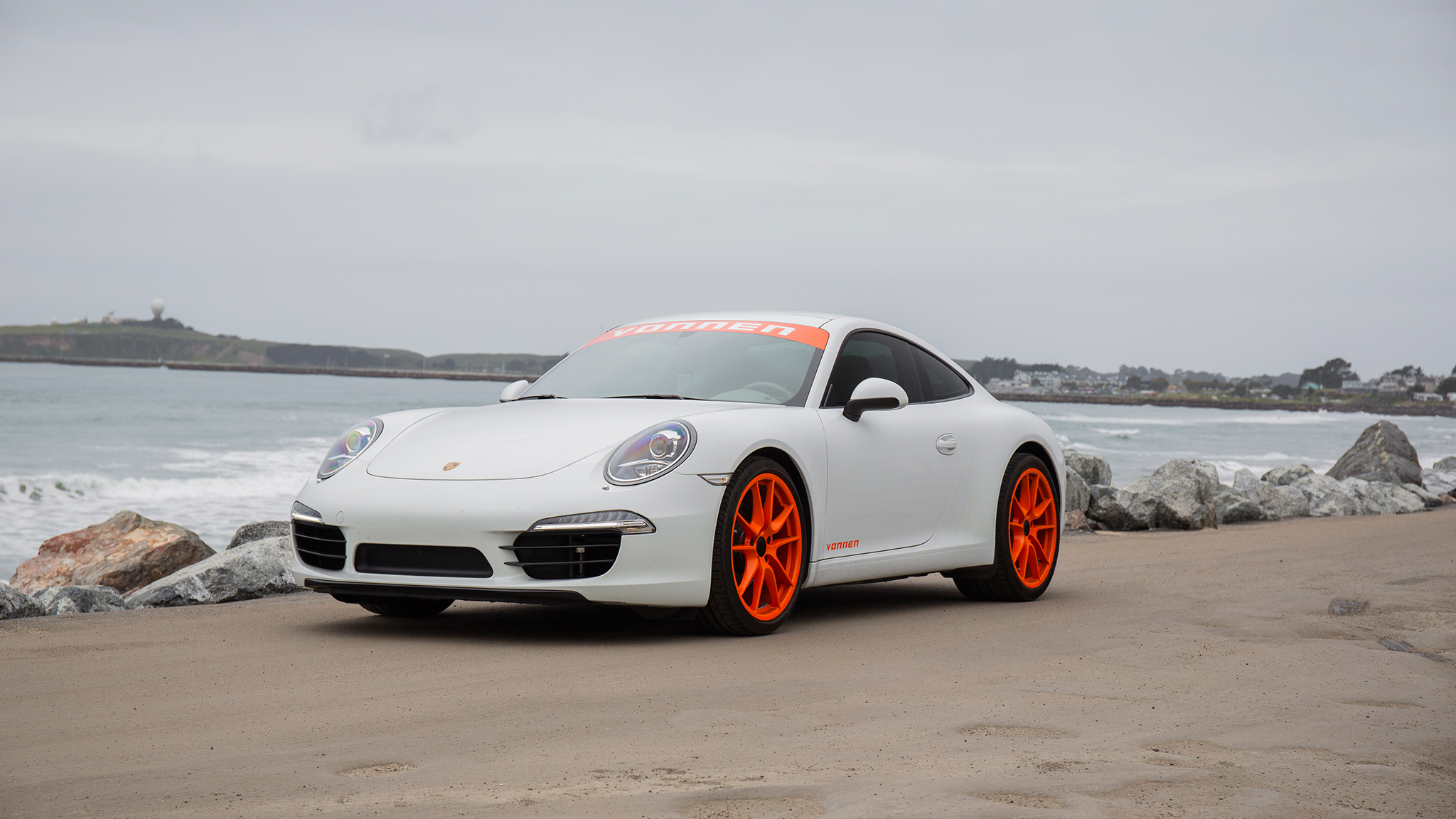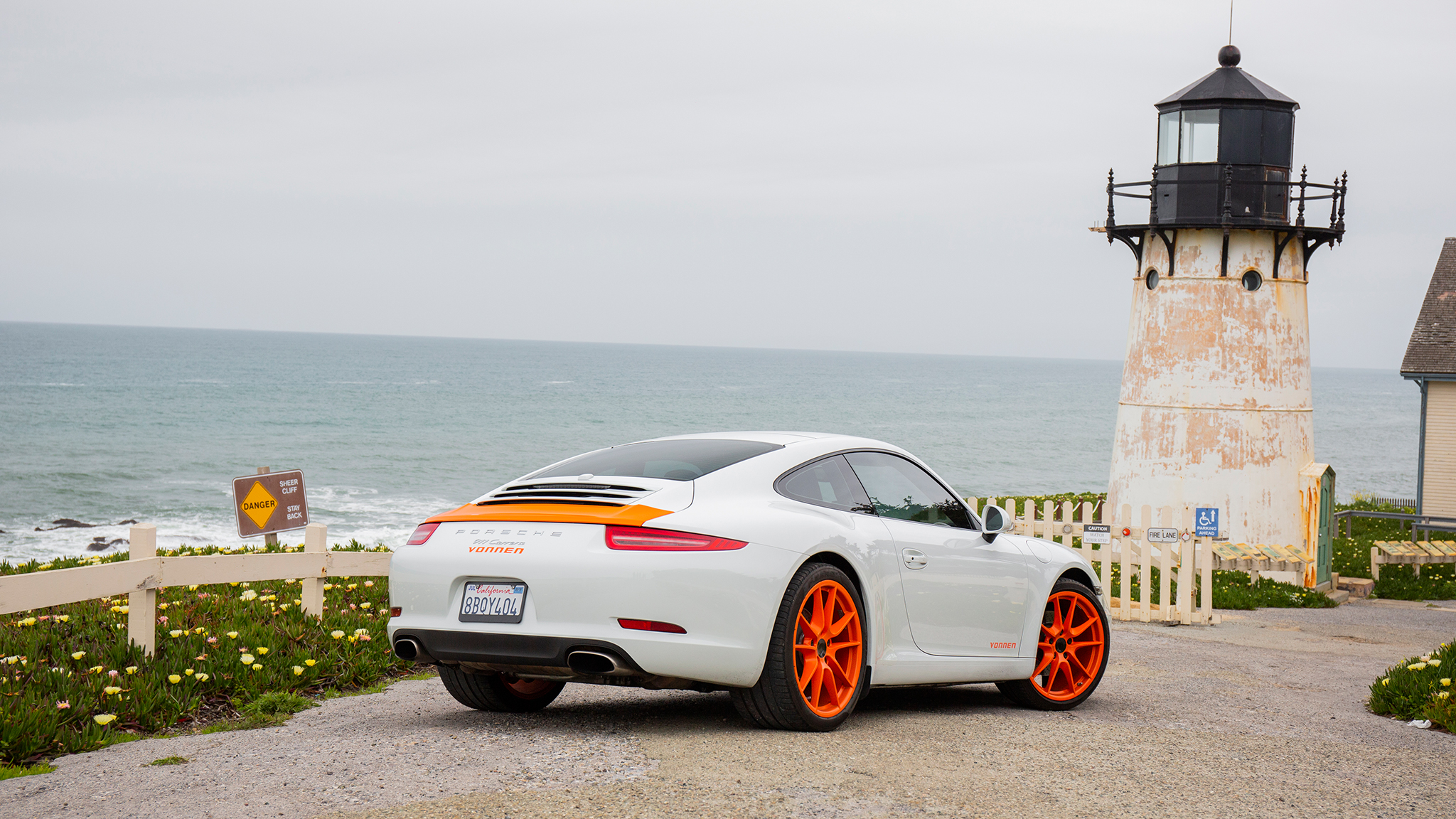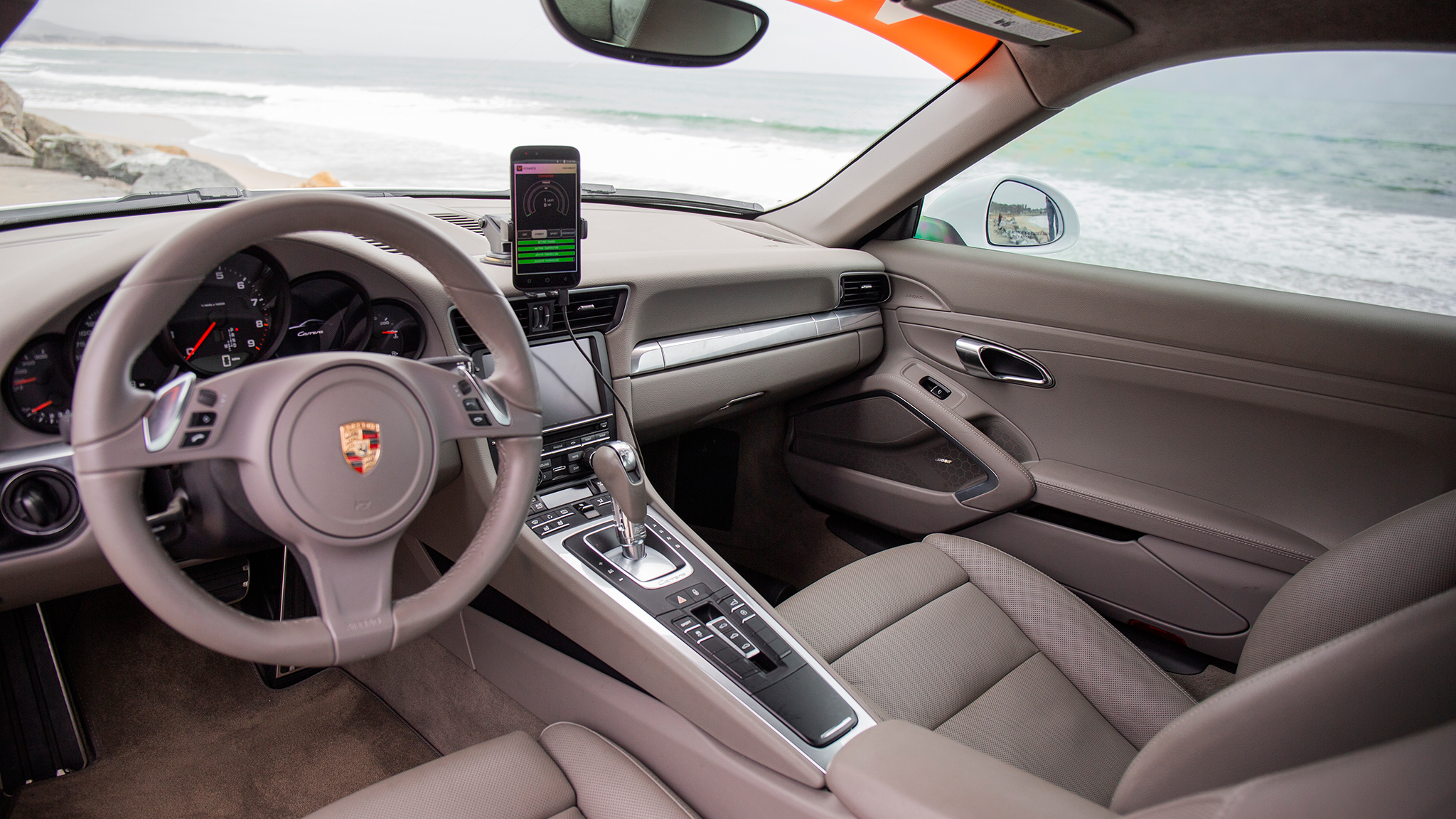- Get link
- X
- Other Apps
- Get link
- X
- Other Apps
KONTAK PERKASA FUTURES - The high-pitched electrical whir sounds futuristic, but the flat-six thrum is decidedly mechanical—and all Porsche 911. Both noises are emanating from a 2013 991-generation coupe that has been retrofitted with a gas-electric hybrid system, turning the conventional 911 paradigm on its head by introducing electrons to the iconic sports car’s internal-combustion party.
KONTAK PERKASA FUTURES - Chuck
Moreland of Elephant Racing fame is the man behind the tech, and
Vonnen, his Santa Clara, California–based startup, wants to shift how
Porsche owners think about performance. Vonnen’s impetus comes from two
antipodes of performance tuning: Moreland, whose 30 years in aftermarket
Porsche suspension work has focused on analog concepts like geometry,
damping, and spring rates; and VP of Engineering Bill Davis, an
EV-driving tech guy who’s worked for the likes of Tesla and NASA.

Vonnen’s
hybrid setup was first prototyped on a 996 Carrera 2 converted to use a
Carrera 4 transaxle before two years of development evolved it into the
current 991-based system. In its current form, the so-called Shadow
Drive package adds 150 horsepower and 150 lb-ft of torque via a
frunk-mounted 1.0-kWh lithium-ion battery and a 9,000-rpm
motor/generator unit in place of the flywheel. While the system leaves
the Porsche’s 3.4-liter powerplant and braking system untouched, a
control unit monitors variables like throttle and brake position,
adjusting the supplemental electric torque accordingly. Also critical to
the system’s behavior are the temperatures of the electric-drive
components, which are regulated by separate cooling circuits and two
additional radiators. In all, the added equipment adds 170 pounds of
mass, some of which incrementally shifts the 911’s famously rearward
weight distribution forward.

It’s been a minute since I’ve driven a 991.1-era
911, the model which predated the 991.2 versions that received torquier,
turbocharged powerplants. As such, I’m initially a bit surprised by the
relatively modest 287 lb-ft of pull with the hybrid system disengaged.
Climbing Southern California’s Azusa Canyon Road, a sort of mini-me to
the epic Angeles Crest Highway, it takes some patience to reach the
meaty portion of the torque curve. After a few familiarization corners,
Bill Davis activates the system via a phone app (all Vonnen systems will
be operated by its proprietary app, not hard switches in the cabin).
The hybrid powertrain, which can operate in Street, Sport, or Overboost
modes, immediately makes its presence known with the aforementioned
high-pitched hum. Also immediate is the heightened urgency when dipping
the throttle. The PDK-equipped test car sometimes feels mild at higher
rpm in internal-combustion-only mode, but it positively comes alive when
the electric motor kicks in, offering considerably greater flexibility.
A graph of system output in Overboost mode reveals a fat addition to
the torque curve starting at around 1,300 rpm, and a considerable 61
percent increase at 2,000 rpm. The torque continues to pile on heavy to
5,000 rpm, where it peaks. The car is notably punchier with the aid of
electrons, offering a rush of acceleration that counters the
comparatively sluggish feel of the off-the-shelf 991.

In
my experience, Overboost lasts just a couple of corners and
straightaways before the system dials back to cool down and catch its
breath. With a visible look of buzzkill falling across my face, Davis
acknowledges the obvious gratification/delay issue, pointing out that
doubling electric power means that you’ll be able to access it for
approximately a quarter of the time. “It’s similar to [F1’s] KERS
system,” he explains, “it’s designed for intermittent use.” In other
words, nobody rides for free, especially when you’re adding a minimum
amount of additional weight to the already wispy 911. But he also
mentions that the cooling system’s design is still being tweaked and the
final product should have “greatly improved” cooling with a wider
operational window and/or faster recovery. And so I continue the cat and
mouse game of savoring bursts of sweet acceleration, followed by
patient cooldown cycles waiting for the next boosted state of charge.
Meanwhile, the 991 exhibits the familiar core traits we’ve long
enjoye—balanced handling, accurate steering, an unflappable chassis—with
just a faint whiff of added weight on the nose due to the added
hardware.

But
then Moreland shifts the conversation into an unexpected direction:
older, air-cooled 911s. “Arguably, the air-cooled cars are a better fit
because the big play here for us is to keep the character of the car,
the engaging driver experience, and enhancing it with modern power.”
Davis adds that electric power would also aid the warm-up process, which
is notoriously lengthy because of air-cooled engines’ requirements for
large amounts of slow-to-heat oil. Interestingly, the more I consider
this argument, the more it holds water, so to speak. “I was concerned
about the traditionalists rejecting [the Shadow Drive system] when we
started the program,” Moreland says. “We went for the 991 first for that
reason, and now we’re going to [develop] it for air-cooled cars. My
concerns were misplaced, and we’ve had very little pushback from
traditionalists saying it doesn’t belong on an air-cooled car.”
Source : automobilemag.com
- Get link
- X
- Other Apps
